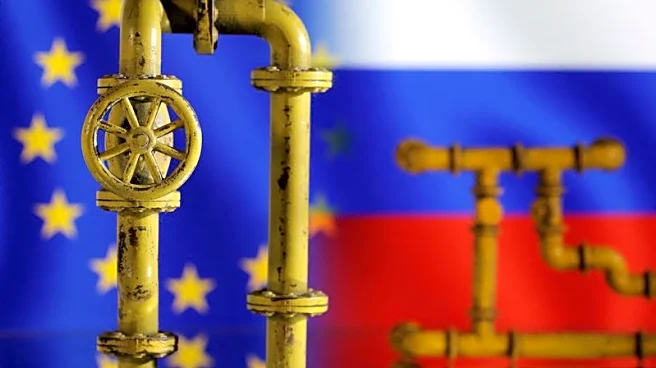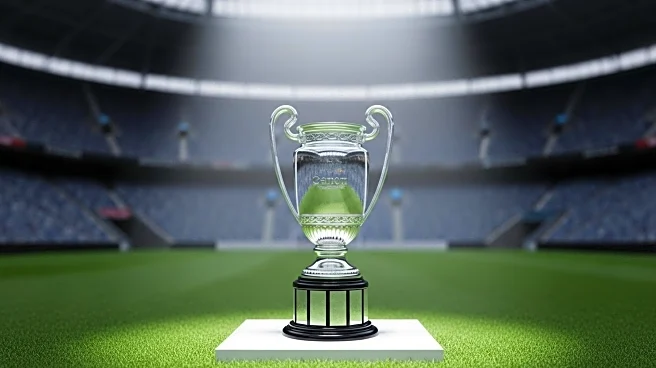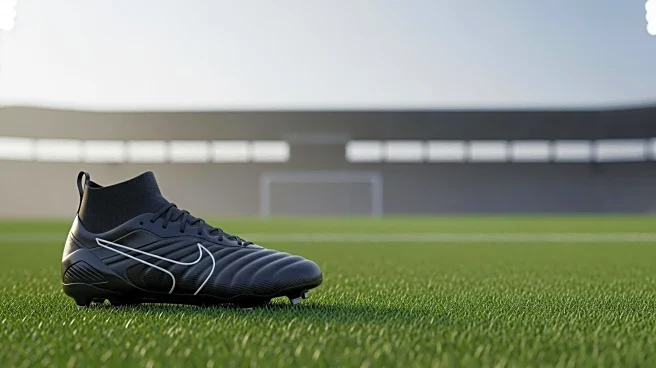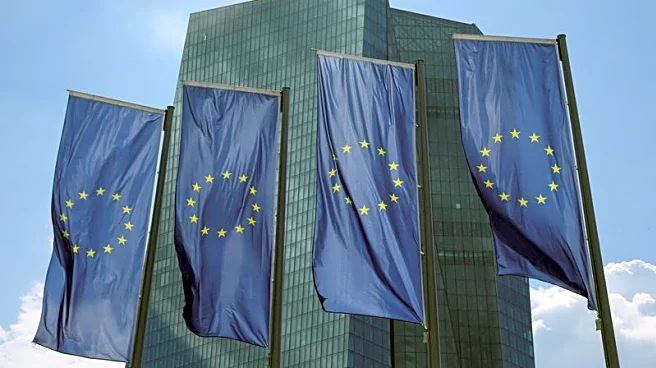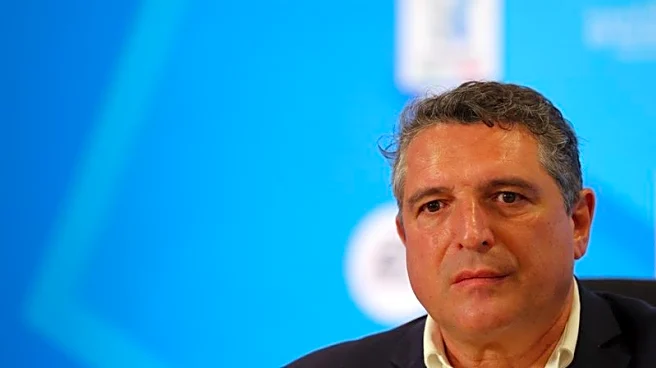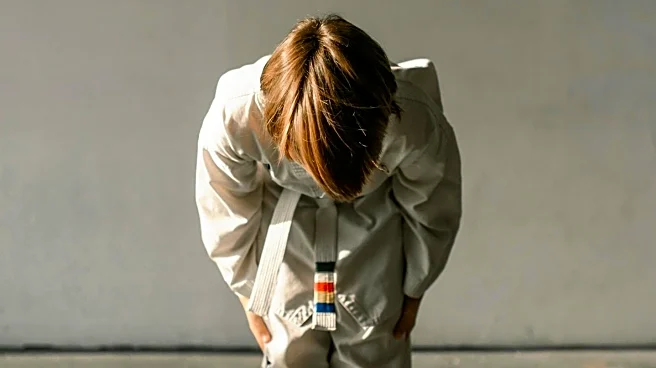What is the story about?
What's Happening?
British cyclist Chris Froome has begun light training following a severe injury sustained during a training session in southern France. Froome, a four-time Tour de France winner, suffered fractures in five ribs and a vertebra, along with lung damage, after losing control and colliding with a road sign. The incident led to a tear in the pericardium, the membrane surrounding the heart. Froome was airlifted to a hospital in Toulon for treatment. He has now shared a video of his home workouts on social media, marking his return to training.
Why It's Important?
Chris Froome's return to training is significant for the cycling community and his fans worldwide. As a prominent figure in the sport, his recovery and ability to resume training could inspire other athletes facing similar challenges. Froome's comeback may also impact his future participation in major cycling events, potentially influencing team dynamics and competition outcomes. His recovery journey highlights the resilience required in professional sports, emphasizing the importance of medical support and rehabilitation in overcoming serious injuries.
What's Next?
Froome's gradual return to training suggests he may soon be preparing for competitive events, although specific plans have not been disclosed. His progress will be closely monitored by fans and the cycling community, eager to see if he can regain his previous form. Future participation in races like the Tour de France could be on the horizon, contingent on his recovery and training outcomes. Stakeholders, including his team and sponsors, will likely assess his readiness for upcoming competitions.
Beyond the Headlines
Froome's injury and recovery underscore the risks associated with professional cycling, where high-speed training and races can lead to severe accidents. This incident may prompt discussions on safety measures and training protocols to prevent similar occurrences. Additionally, Froome's experience highlights the importance of mental resilience and support systems for athletes recovering from traumatic injuries.
AI Generated Content
Do you find this article useful?



